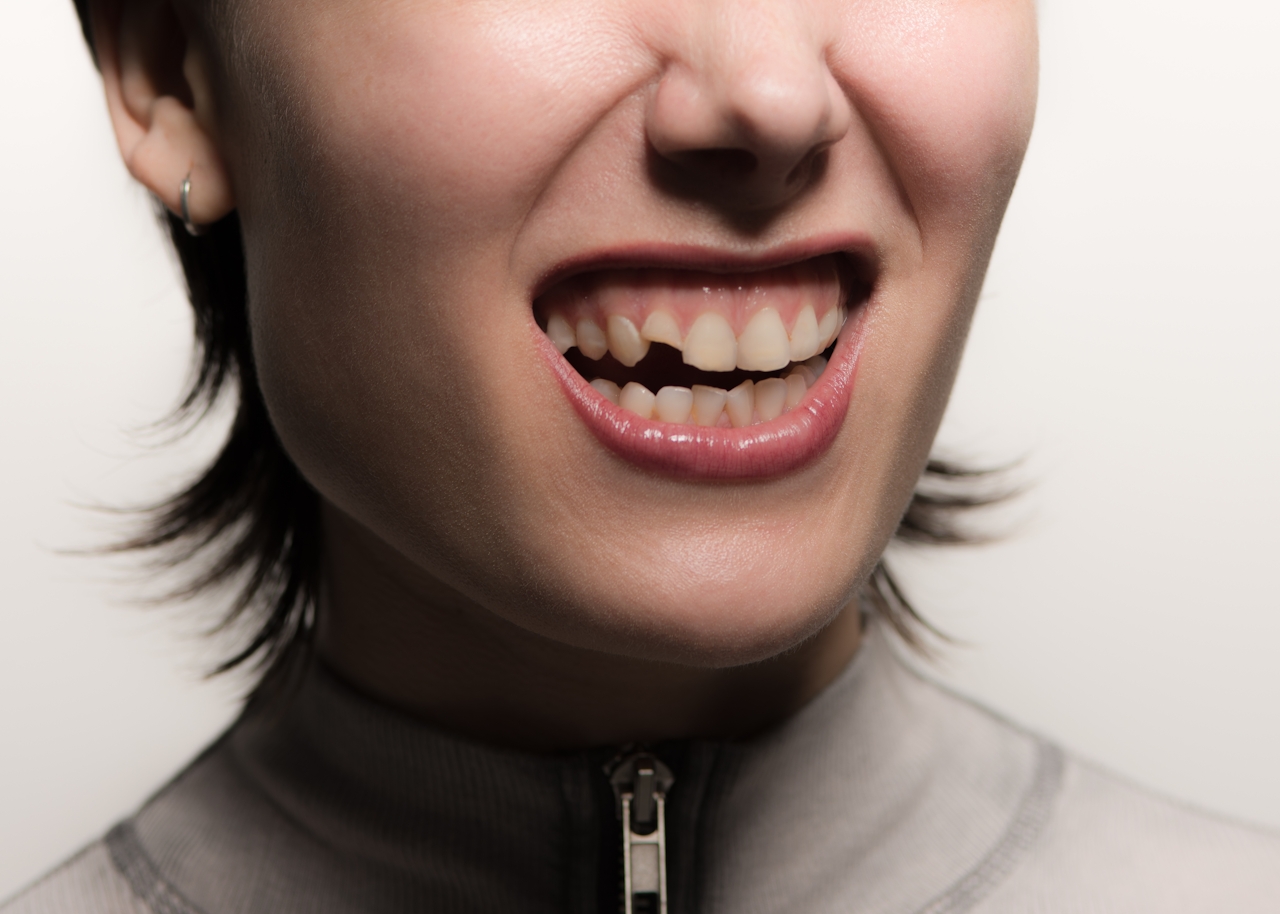
Have you ever wondered why your dentist mentions plaque and tartar as if they’re two different issues? They are—and knowing the difference can protect your smile.
Plaque is a soft, sticky film that forms on your teeth daily. If not removed, it hardens into tartar, a stubborn deposit only a dental professional can remove. While plaque may seem harmless, it’s the starting point for issues like tooth decay, gum irritation, and long-term oral health problems. Tartar, on the other hand, doesn’t just sit there—it acts like a magnet for even more plaque, setting off a cycle that’s tough to break without professional care.
In this article, we’ll explain what plaque is, how tartar forms, the risks each pose to your oral health, and the best ways to prevent buildup before it becomes a bigger problem. You’ll also learn why professional cleanings are essential and what daily habits make the biggest difference in keeping your smile bright.
Let’s start with plaque—what it is and why it shows up in the first place.
Plaque is something we all deal with—whether you notice it or not. It’s a soft, sticky film of bacteria that constantly forms on your teeth. Every time you eat or drink, especially sugary or starchy foods, plaque bacteria feed on those particles and produce acids. Over time, these acids weaken enamel, setting the stage for cavities.
Think of plaque as an uninvited guest that shows up after every meal. You can brush and floss to send it packing, but if you skip, it lingers and grows. For example, skipping flossing for even a few nights allows plaque to accumulate between teeth where your toothbrush can’t reach. That buildup isn’t just unsightly—it’s active, creating an environment where decay thrives.
The good news? Plaque is manageable with daily care. Brushing twice a day with fluoride toothpaste, flossing once a day, and rinsing with an antimicrobial mouthwash are your best defenses. These habits disrupt plaque before it has a chance to harden.
But what happens if plaque stays too long? That’s when tartar comes in.
When plaque isn’t removed, minerals in your saliva harden it into tartar (also called calculus). Unlike soft plaque, tartar is rough, rock-hard, and firmly attached to your teeth. You’ll often see it as yellow or brown deposits, especially along the gumline.
Tartar isn’t just cosmetic. Its rough surface acts like Velcro for more plaque, creating a cycle that’s nearly impossible to break without professional help. As one dentist explains: “Plaque is soft and removable at home. Tartar is hardened and requires professional care.”
Take someone who brushes but avoids flossing. Over time, tartar begins to form between teeth, irritating the gums. They may notice redness, bleeding while brushing, or even persistent bad breath—early warning signs of gum disease.
The key takeaway? Once tartar forms, no amount of brushing or whitening toothpaste will remove it. Only a professional cleaning can. That’s why regular dental visits aren’t optional—they’re essential.
Now let’s look at the bigger risks of letting plaque and tartar stick around.
Plaque and tartar don’t just sit quietly on your teeth—they actively cause damage. Plaque acids attack enamel, leading to cavities. Tartar irritates gums, causing inflammation that can progress to gingivitis or even periodontitis, a serious gum infection that threatens both teeth and bone.
Tartar is like a warning flag, signaling that bacteria have been left unchecked too long. And the longer it stays, the more damage it causes. In fact, gum disease is one of the leading causes of adult tooth loss.
And it doesn’t stop there. Research links gum disease to systemic conditions like heart disease and diabetes. Caring for plaque and tartar isn’t just about protecting your smile—it’s also about protecting your overall health.
So, how do you stop plaque and tartar before they cause harm? That’s where prevention and treatment come in.
The best defense against tartar is stopping plaque before it hardens. That means sticking with the basics:
Patients who add flossing to their nightly routine often notice healthier gums within just a few weeks—less bleeding, less irritation, and fresher breath. Small, consistent habits make a big difference.
But prevention only goes so far. If tartar has already formed, professional care is the only solution. During a cleaning, your dental hygienist uses specialized tools to remove tartar safely without harming enamel. Many patients describe the “after” feeling as refreshing—like their teeth can finally breathe again.
Think of daily care as your front line and professional cleanings as your backup team. Together, they keep your smile healthy for years to come.
Plaque and tartar may sound similar, but they play very different roles in oral health. Plaque is a soft, sticky film that can be managed at home with consistent brushing and flossing. Left behind, it hardens into tartar—a tough deposit that only your dental team can remove. Together, they increase the risk of cavities, gum disease, and even overall health concerns.
The big takeaway? It’s easier to prevent tartar than to treat the damage it causes later. Daily care is your best defense, while professional cleanings ensure nothing is left behind.
At Tanglewood Dental Associates, we believe remarkable dentistry comes from sincere relationships. We’re here not only to treat tartar when it appears but also to guide you with the tools and knowledge to prevent it.
Your next step? Commit to brushing and flossing daily, and if it’s been more than six months since your last professional cleaning, schedule your next appointment. With the right daily care and professional support, your smile can stay bright and healthy for a lifetime.
Clear, honest answers to the dental questions you’ve been wondering about, because understanding your care shouldn’t be complicated.